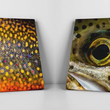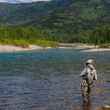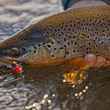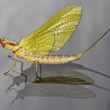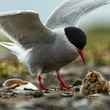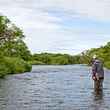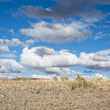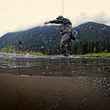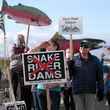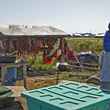Dam removal is receiving a great deal of attention lately, and deservedly so. On many of the nations rivers, especially larger ones, dams have become outdated, costly and inefficient. Dams have also long blocked fish passage, disrupted habitat, and damaged or destroyed wild fish populations. Overwhelmingly positive results have been observed where dams have been removed, with rivers' surging flows recreating long lost habitat and wild fish returning to the river to spawn in sections of river they've not been able to reach -- in some cases -- for over a century. Dam removal, however, is costly and often involves a considerable amount of bureaucratic struggle in order to implement. As a result, while dam removal is a growing trend, the time frame surrounding these projects span many years, often decades.
But dams -- whether they be the ones that drive major hydro-electric generation stations or simple irrigation diversion dams -- aren't the only widespread barrier to fish passage on many of our streams and rivers. Culverts, which are incredibly common throughout virtually every region of the country, often pose just as serious an impediment to fish passage and an equally significant threat to fish habitat and populations, only with a much simpler and less costly solution.



